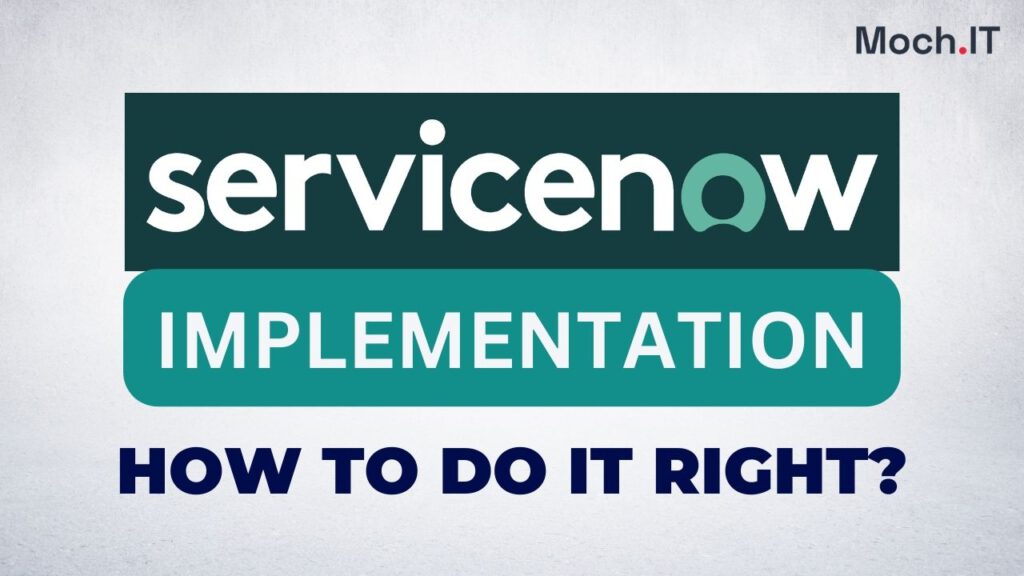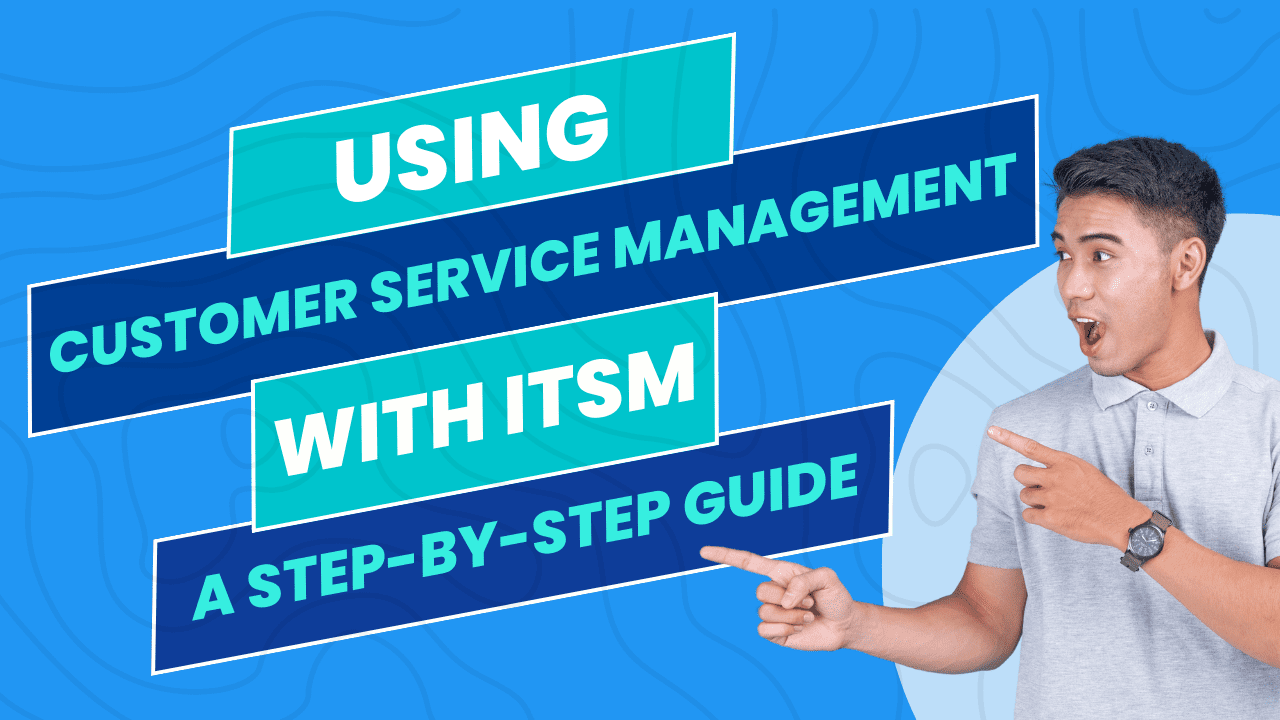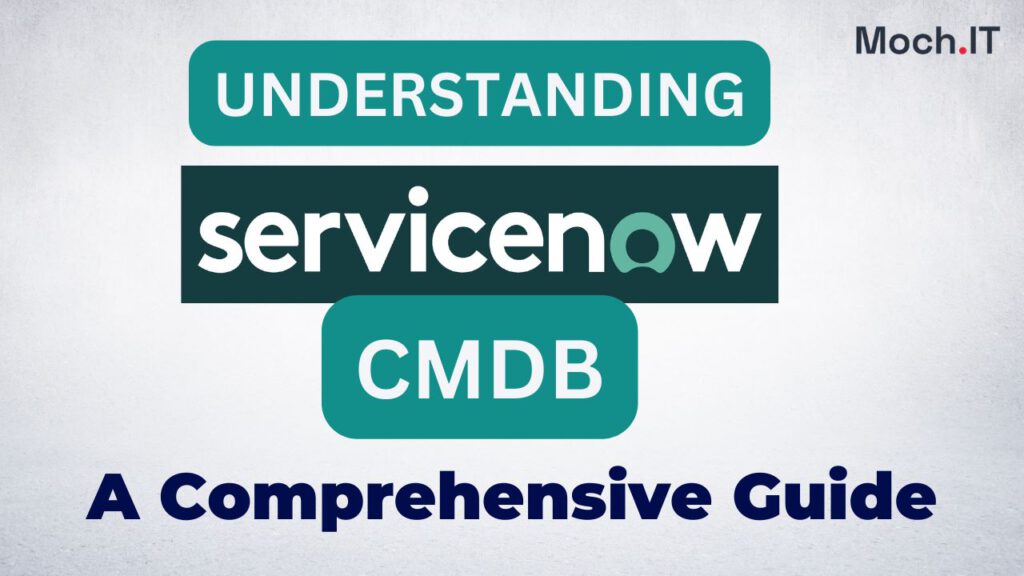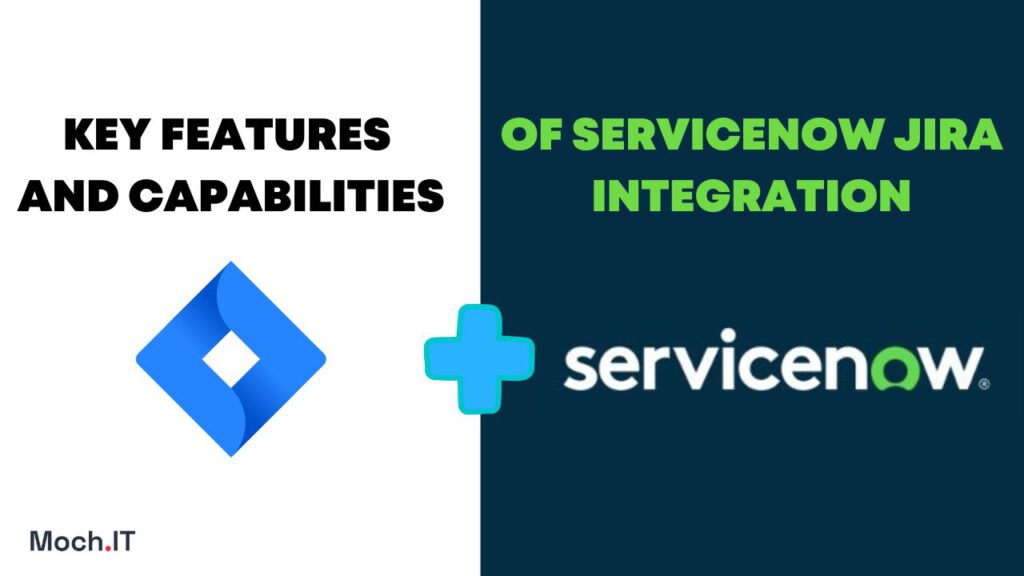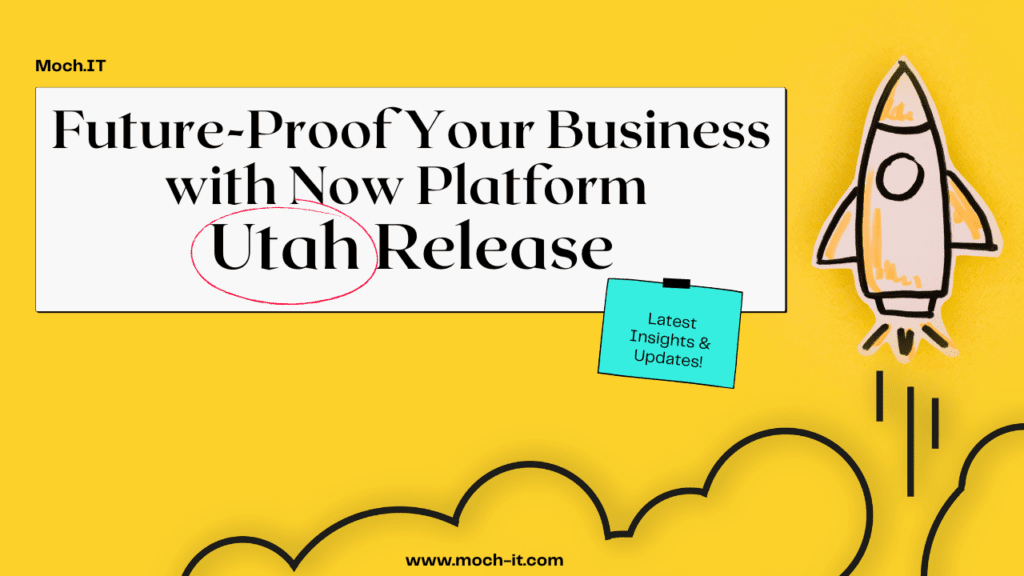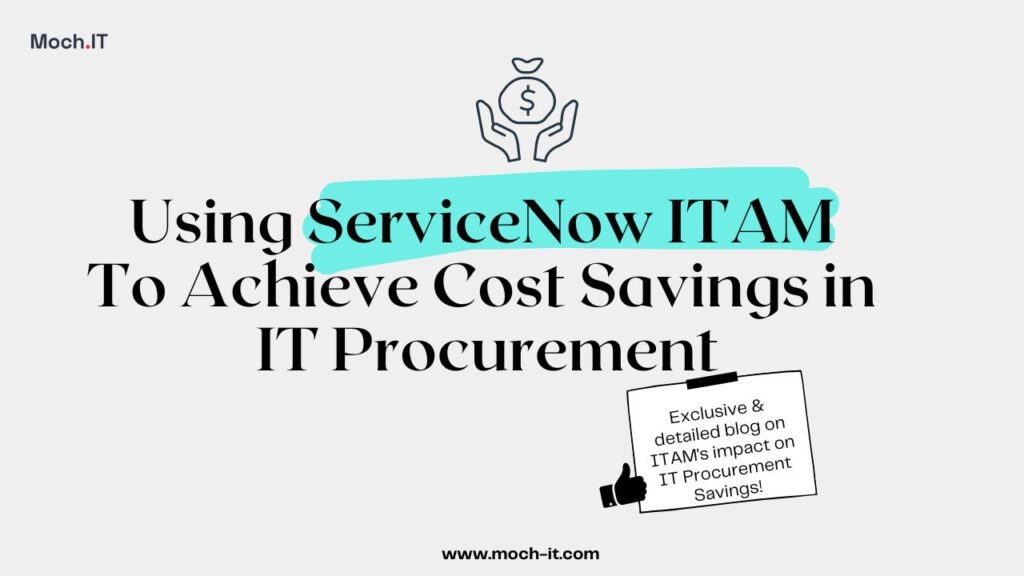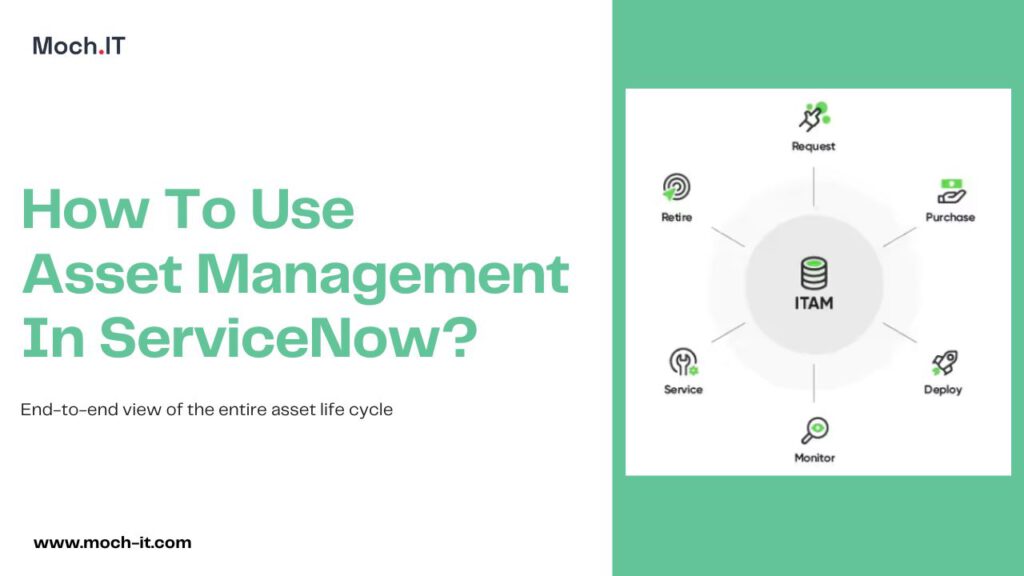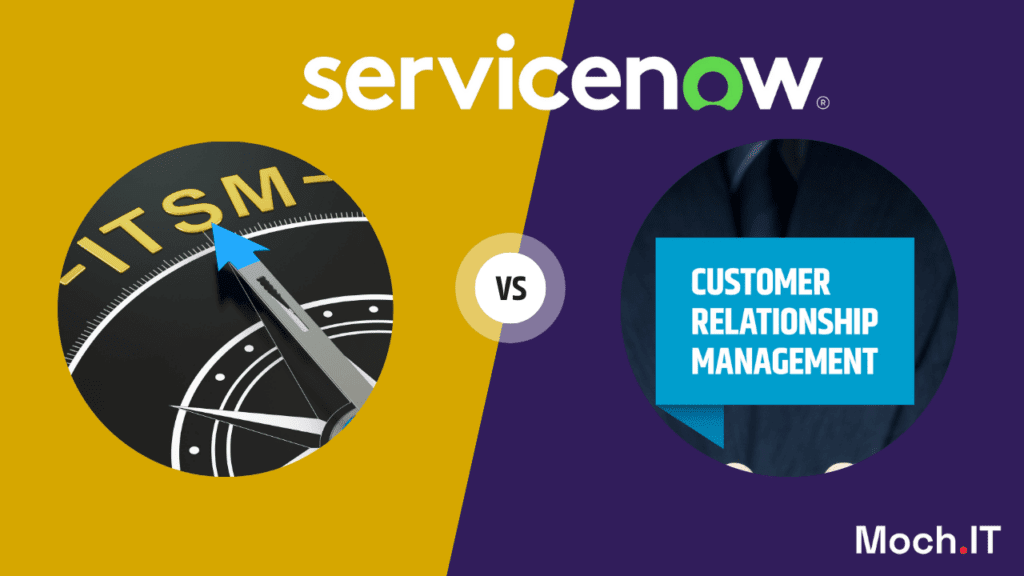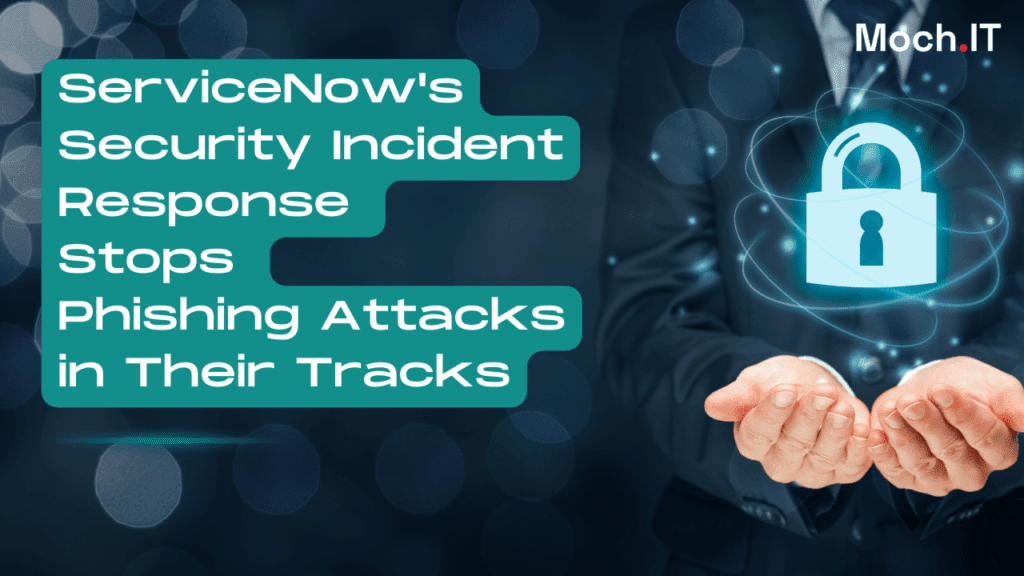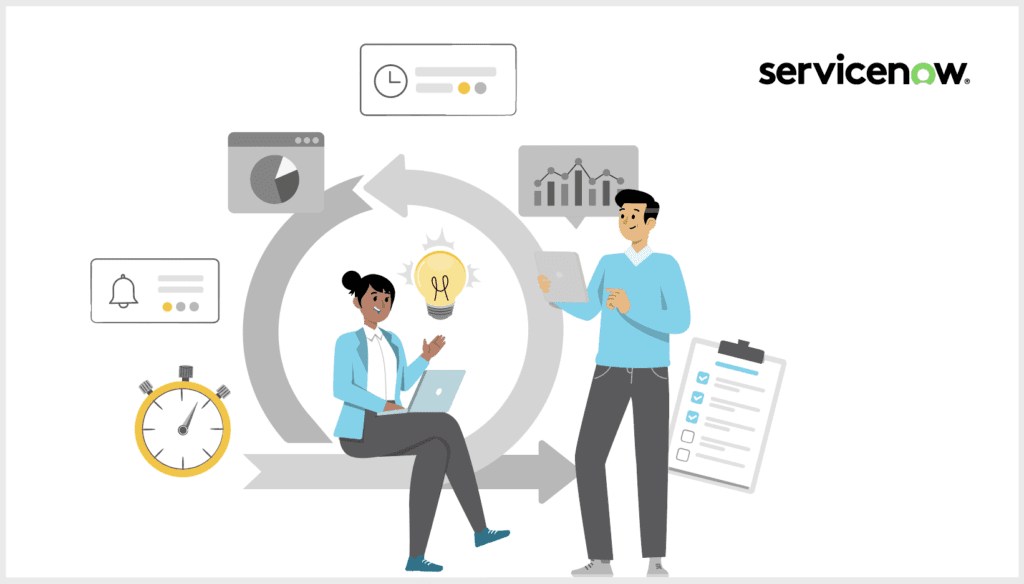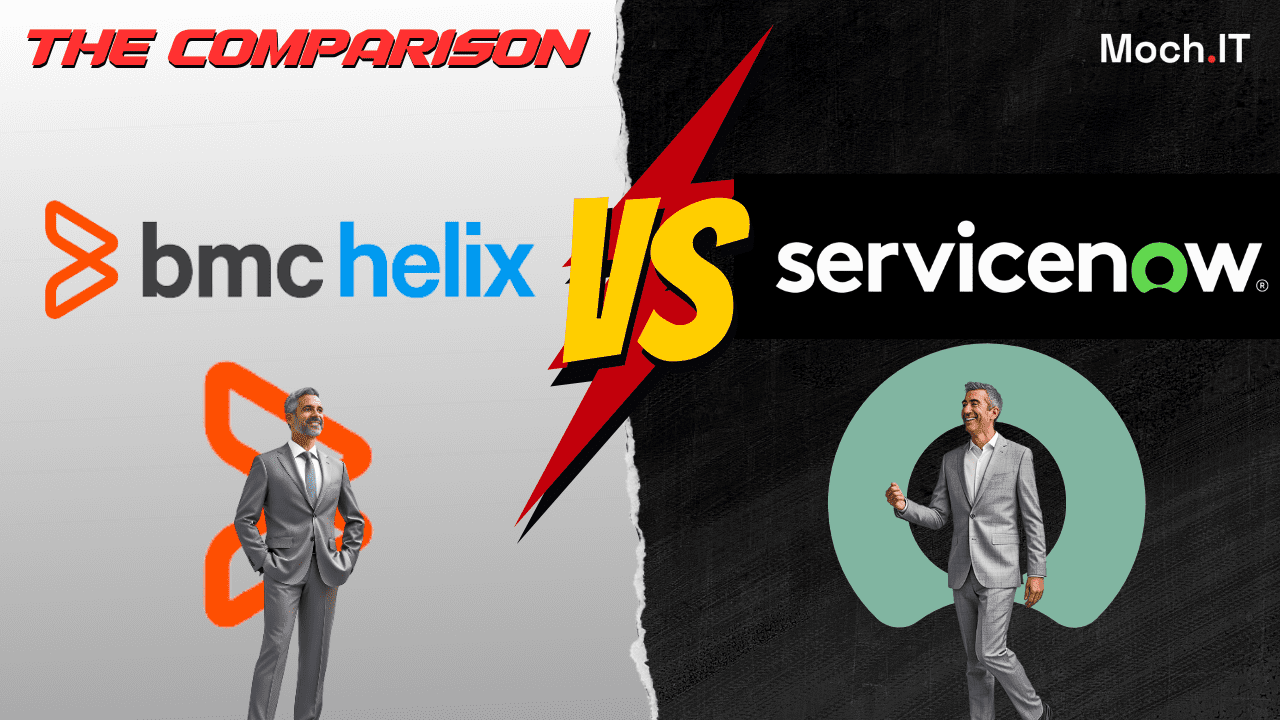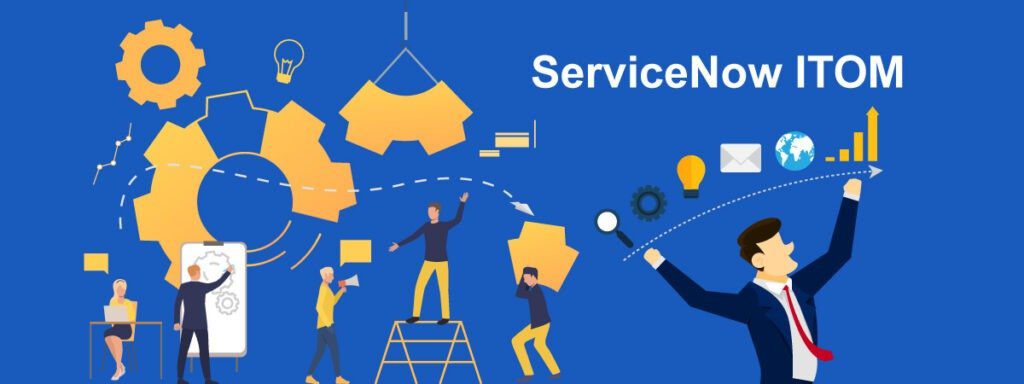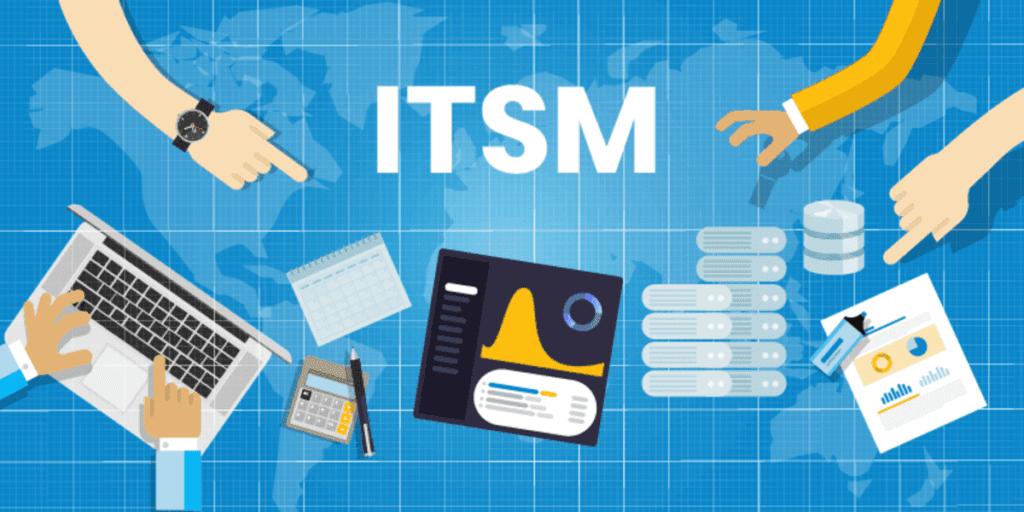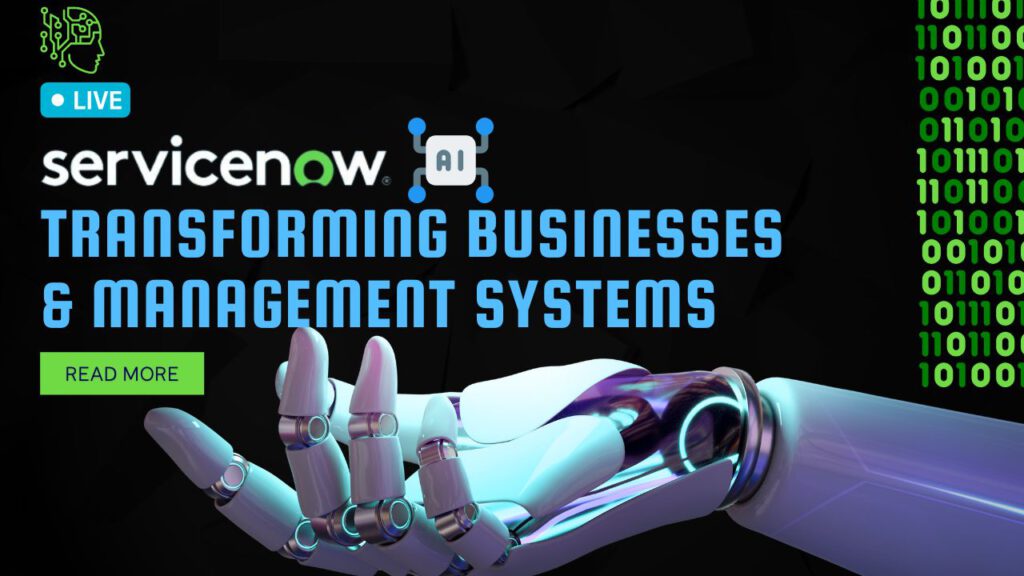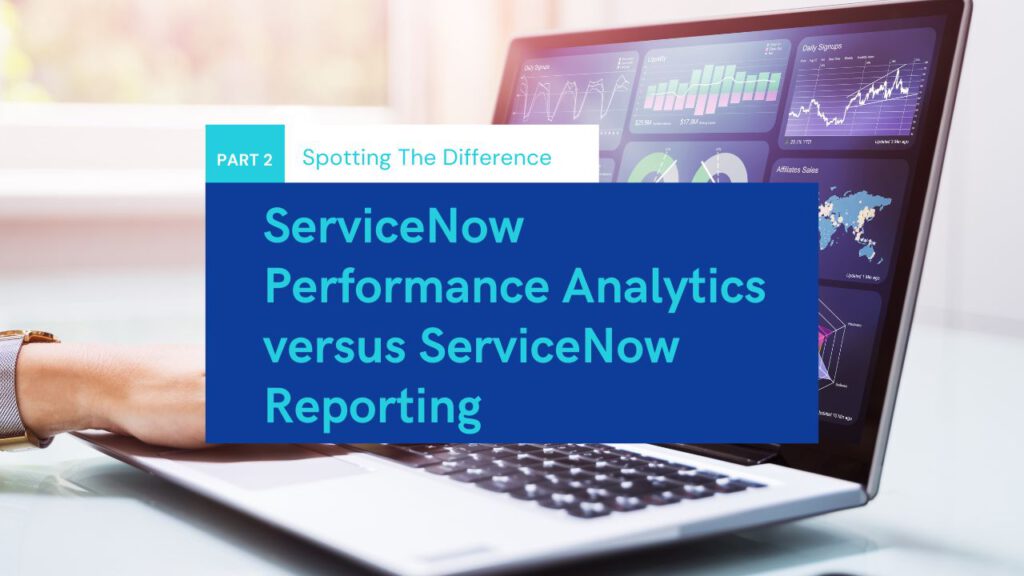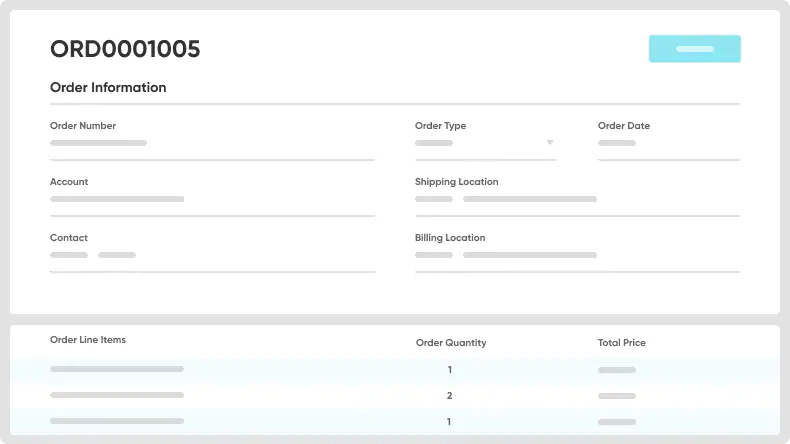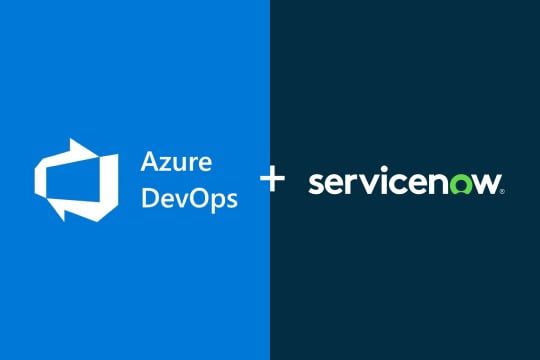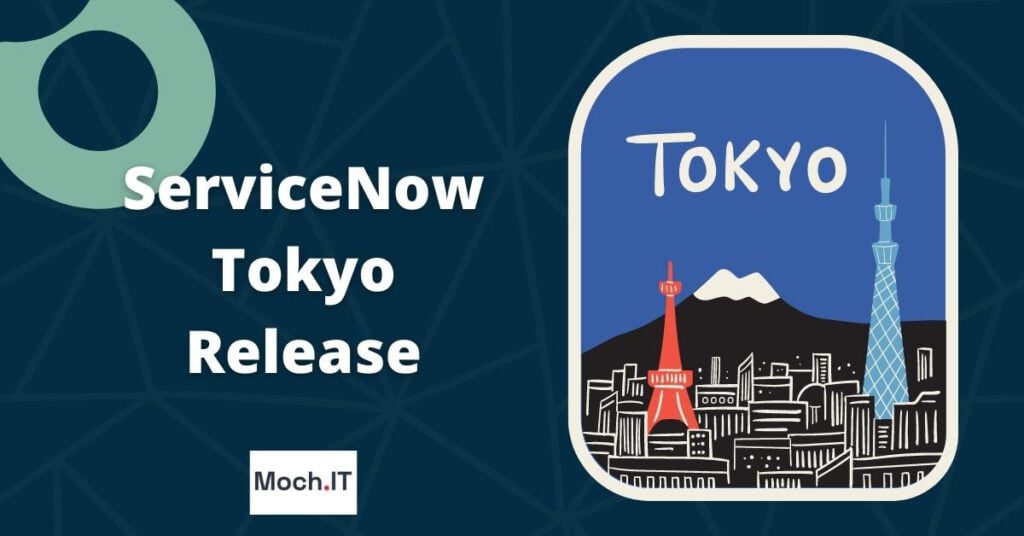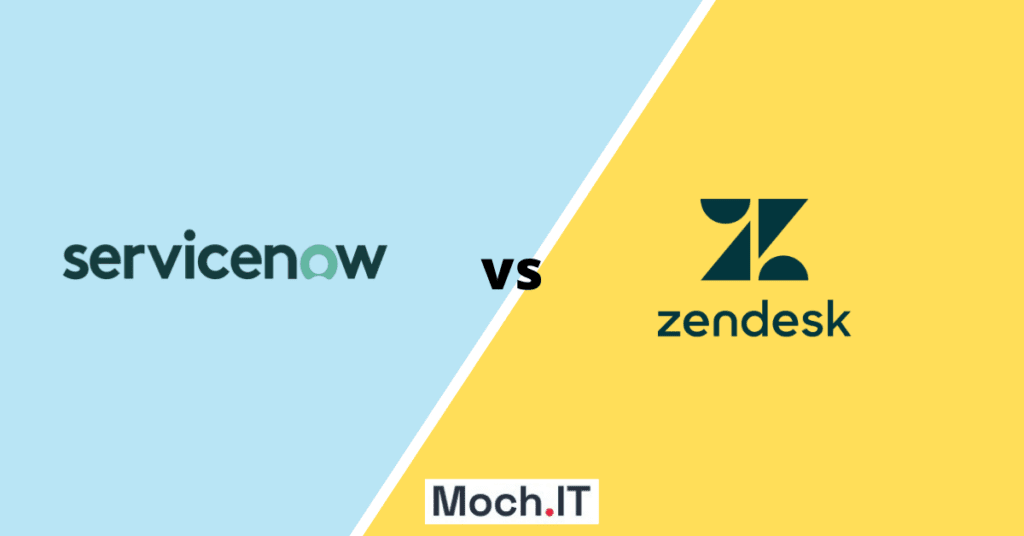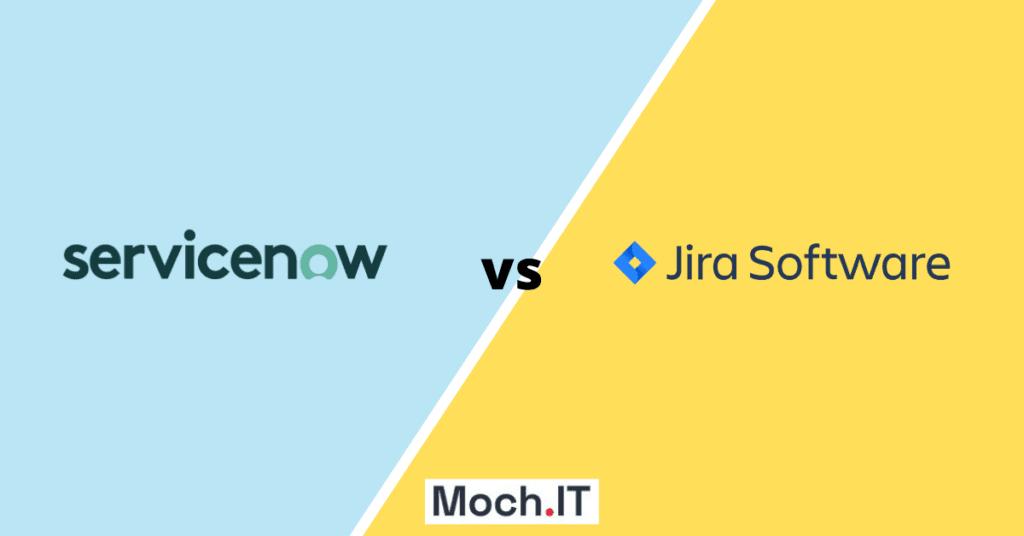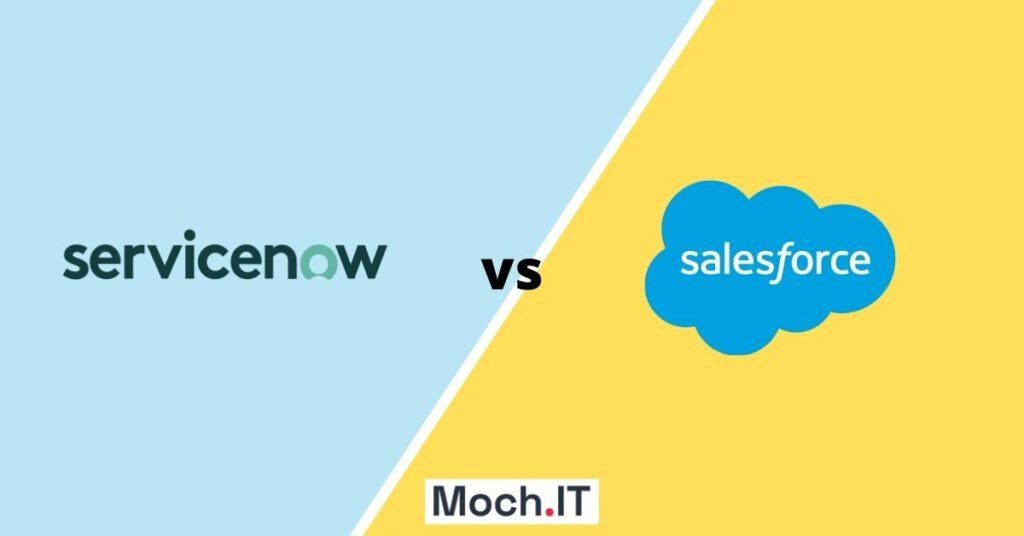ServiceNow Implementation refers to the process of setting up and configuring the ServiceNow platform to meet the specific needs of an organization. This can include configuring workflows, integrating with other systems, setting up user roles and permissions, and customizing the platform’s interface to match the organization’s branding and business processes.
Additionally, it may include data migration, testing and training of end-users. Once the implementation is complete, the organization can begin using the platform to manage and automate various IT and business processes.
7 Stages of Successful ServiceNow Implementation
You may optimize the value realized from the overall ServiceNow installation, minimize mistakes or needless detours that don’t contribute to your goals, and guarantee that your implementation activities deliver on your business case objectives by using the correct implementation plan.
The following three stages are highly recommended as the “right approach” when it comes to implementation.
Measure Business Goals:
Define your digital transformation strategy, develop your business case and roadmap, and track your advancement. The stakeholders should be informed of this vision and given an outline of the actions and milestones that will be taken in order to achieve it.
- Transformation: Vision and outcomes that are in line with the strategic and operational goals of the organization and cascade your vision to measurable, documented business capabilities.
- Business case: Create a business case that offers ServiceNow implementation suggestions that address present critical concerns and possibilities for business growth.
- Staged programmed: Plan and decide on immediate successes. Then, while you lay a solid basis for capabilities that will fuel future growth, prioritize the appropriate platform capabilities to achieve short-term goals.
- Tracking: Establish and monitor performance utilization of KPIs, and metrics that show how ServiceNow-implemented solutions are contributing to intended business results.
Define and Plan A Phase:
Leading companies define a phased or iterative rollout of functionality as:
- An explicit analysis of business and IT capabilities to identify the areas where ServiceNow can provide the organization with the earliest value.
- A clear comprehension of the steps necessary to implement or optimize those capabilities.
- A plan to identify and capture lessons learned at each phase of the rollout to improve succeeding phases.
- An assessment of the functionality to roll out respecting end users’ and service fulfillers’ (such as support desk agents) capabilities to absorb it.
- To design a phased strategy and learn how to achieve and manage the value from your ServiceNow investments, use the materials in our Customer Success Center.
Come Up With OOTB Ideas:
Customizing functionality might be enticing, especially as you roll out your implementation
across many company divisions and regions. Although there may be some genuine
Reasons to opt for customization, it can increase testing time and raise downstream maintenance costs and cause implementation delays.
Work with your executive sponsor to the following before implementation starts:
- Explain to various audiences the significance of sticking to OOTB functionality.
- Specify the requirements that must be met in order for customization to be accepted and used.
- Give the executive sponsor the power to approve any alterations.
Lead Business Transformation:
Lead the way in straightforward workflow redesign, business service digitization, and solid partnership building to hasten your ServiceNow transition.
- Engaging Sponsors: Get executive sponsors involved to promote change and remove obstacles. To assist your executive sponsors in removing obstacles and promoting change, clearly identify their duties and create an action plan.
- Coordinating certified partners: With a partner strategy that states upfront what you require from an implementation partner, find, manage, and coordinate qualified, certified partners.
- Building dynamic governance: Create a committed, dynamic governance process, guidelines, and team with roles and duties that are well-defined. Think beyond technical governance when establishing strategy governance decision-making authorities and identifying strategy governance activities
- Streamline Workflow: Based on the results you want from your ServiceNow implementation, reimagine how you want work processes to proceed and find possibilities for process optimization.
Build Technology Foundations:
Right practice and use of technology will make the ServiceNow implementation easier.
- Be creative: With strong, continuous stakeholder education on ServiceNow functionality and capabilities, succeed right out of the gate.
- Map service assets: Identify and map your service assets while putting the most crucial business results first.
- Plan data flows: Plan your architecture, instances, integrations, and data flows with a clear understanding of your Now Platform transformation objectives and how they should influence important architectural choices.
- Prepare upgrades: Create a thorough strategy that takes into account resource needs, anticipated upgrade problems, and extensive test schedules in order to be ready for updates at least once a year.
Drive The User Excitement:
Make the user experience for service consumers, developers, and process users the focal point of your service strategy and Now Platform implementation to hasten adoption across your organization.
- Engage with customer experience: Using a consistent way for defining user experience requirements for service consumers, developers, and process users, create an engaging self-service employee and customer experience. Improve the end-user experience as a top priority while implementing.
- Optimize rep experience: To increase the satisfaction and efficiency of customer care representatives and service desk agents, provide an ideal agent and rep experience.
- Build internal team: Start by building a team to continue the workflow post implementation.
- Build a community: Gather the teams together with allotted training sessions.
Be Committed For Involvement:
Establish a frequent interaction schedule with your executive sponsor and adhere to an agenda that includes the following information:
- Progress and potential roadblocks that may call for extra resources.
- Key communications and progress indicators that should be shared with other executives include
- Any change in company priorities that could affect implementation
- Early warning indicators or hazards that could affect implementation
- The proportion of sessions focused on execution is a crucial measure to monitor
Guarantee The Required Expertise:
Engage professionals with ServiceNow product certifications and appropriate process experience during the implementation stage. To ensure that procedures fit with product capabilities, for instance, if you’re deploying ServiceNow’s Incident Management module, you’ll need knowledge in incident management as a process as well as expertise in the features and capabilities of the ServiceNow ITSM module.
There are three places to find implementation knowledge for ServiceNow:
- Expert Services from ServiceNow
- Partners that are certified by ServiceNow
- Employees who are certified by ServiceNow and have experience deploying the ServiceNow product lines you are installing
When choosing a ServiceNow partner, look for consultants and partners who have a consistent, successful track record of expertise (and references) with businesses in your sector and size range.
Be Prepared To Grow and Succeed
After completing your ServiceNow implementation, it is crucial to establish a plan for ongoing support, whether through internal resources or external service providers.
It is important to stay informed about new services that can improve operations for different departments and IT, and continuously evaluate your processes to identify and eliminate inefficiencies or unnecessary steps. As the implementation demonstrates success, there is a likelihood of increased demand for automation and services throughout the organization.



